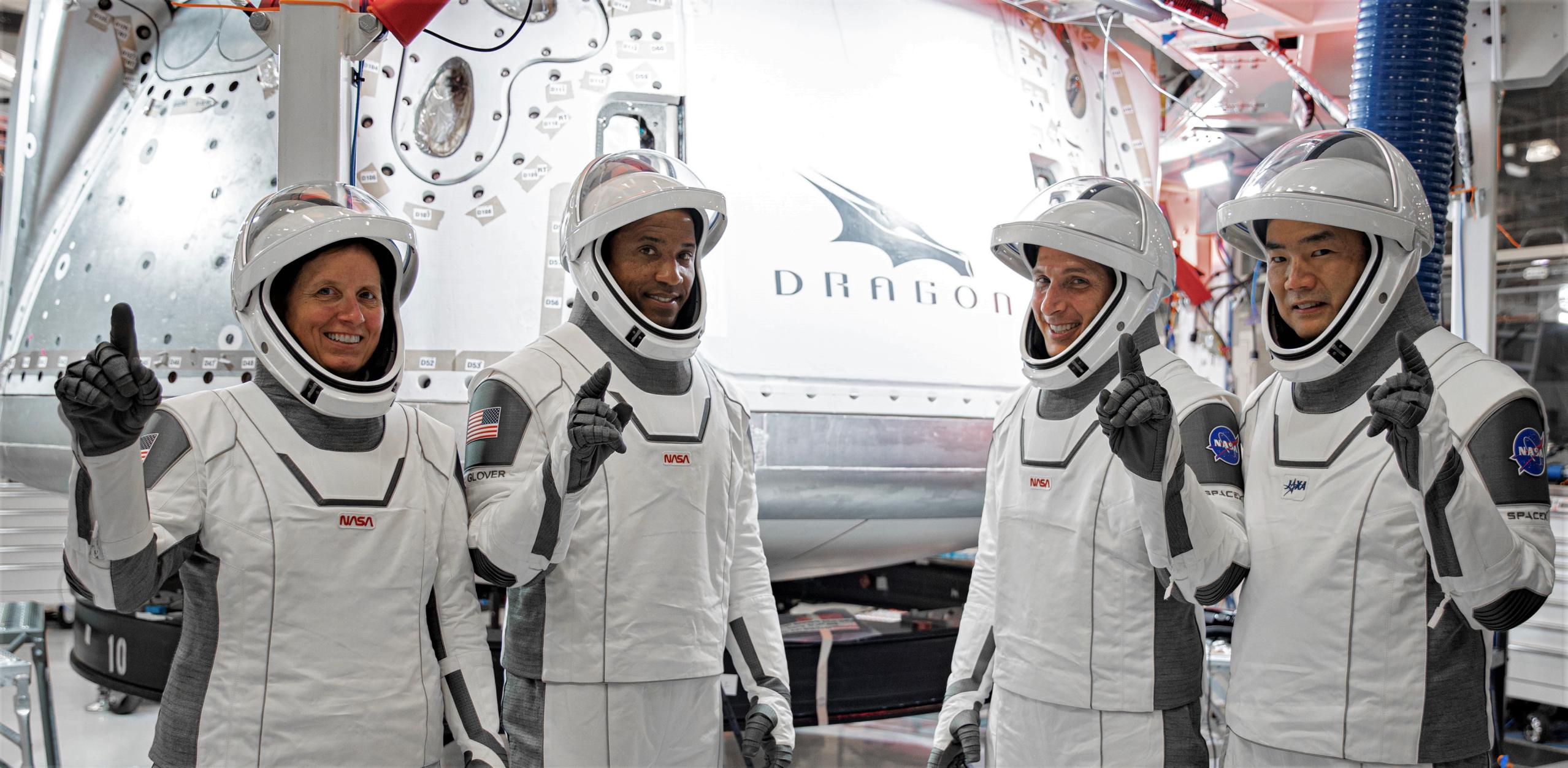
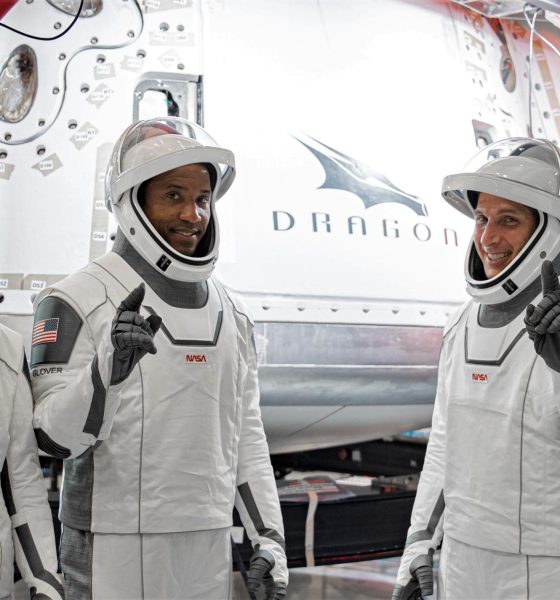
News
SpaceX operational astronaut launch debut back on track after “nail polish” delay
In a new NASA briefing, SpaceX vice president of build and flight reliability Hans Koenigsmann was able to explain in far more detail why a recent last-second Falcon 9 launch abort happened and how it wound up delaying the company’s first operational astronaut launch.
Now scheduled to lift off no earlier than (NET) 7:49 pm EST (00:49 UTC) on Saturday, November 14th, SpaceX’s Crew Dragon Crew-1 mission was originally expected to launch in late September, October 23rd, and October 31st. On October 2nd, however, a new Falcon 9 booster – sibling to Crew-1’s own new booster – automatically aborted its GPS III SV04 satellite launch attempt just two seconds before liftoff. The rare last-second abort was quickly blamed on “unexpected pressure rise in the turbomachinery gas generator” by CEO Elon Musk.
Likely built side-by-side with faulty GPS III SV04 Falcon 9 booster B1062 at SpaceX’s Hawthorne, California factory, Crew-1 Falcon 9 booster B1061 was almost immediately inspected to search for any commonality once the cause of the abort was better understood.
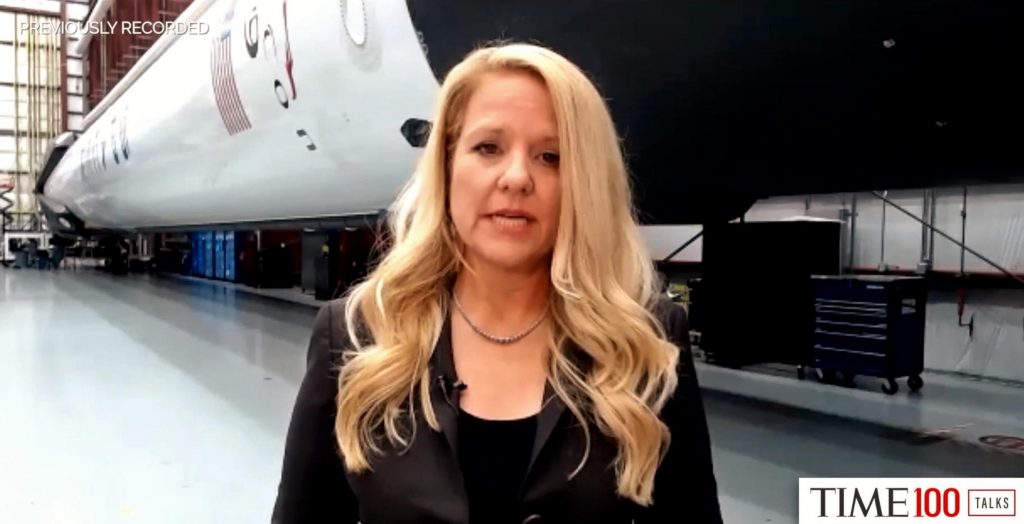
Just one week before the latest briefing, NASA human spaceflight program administrator and former Commercial Crew Program manager Kathy Lueders revealed in a statement on Twitter that SpaceX was still analyzing the cause of the abort but had already determined that at least one Crew-1 booster engine would need to be replaced, as well as one engine on Falcon 9 booster B1063.
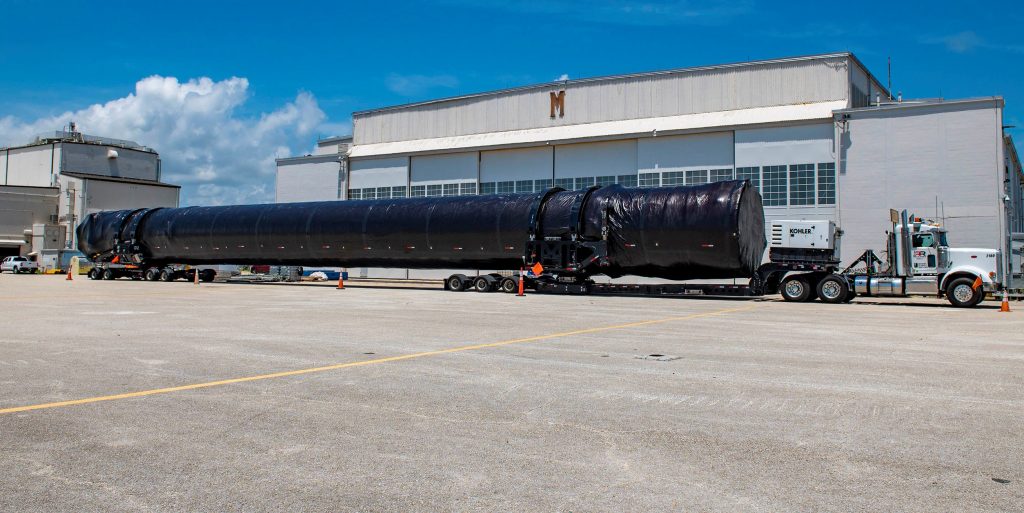
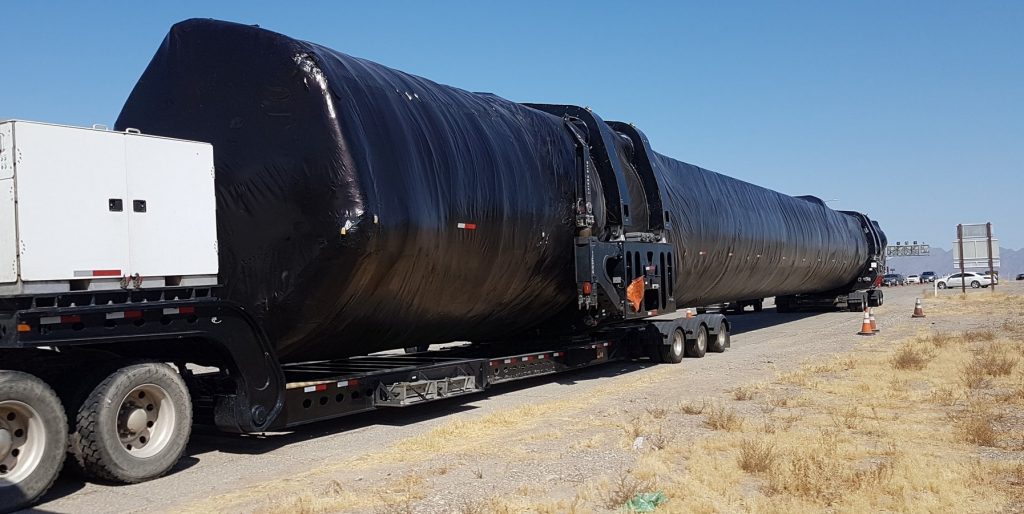
Now, during NASA’s October 28th Crew-1 briefing, SpaceX’s Koenigsmann revealed that the company had ultimately decided to replace not one but two of Crew-1 booster B1061’s nine Merlin 1D engines. Thanks to Falcon 9’s namesake nine-engine booster design and SpaceX’s prolific rocket factory, that process was completed extraordinarily quickly, simply requiring the redirection of already qualified Merlin 1D engines from a fairly large pool. Based on Koenigsmann’s phrasing, SpaceX has already installed both replacement engines on the Crew-1 booster.
What, though, caused GPS III SV04’s launch abort and how did that affect Crew-1?
Rocket engine vs. “nail polish”
According to Koenigsmann, in the course of the rapid and complex mechanical and electrical ballet preceding Falcon 9 first stage ignition, the rocket’s autonomous flight computer observed that two of the GPS III SV04 booster’s nine Merlin 1D engines appeared to be running ahead of schedule, so to speak. The computer immediately halted the ignition process to avoid what could have otherwise been a “hard” (i.e. stressful or damaging) start. SpaceX quickly began inspecting the rocket within 24 hours but was unable to detect anything physically or electrically wrong with Falcon 9’s Merlin 1D engines and engine section.
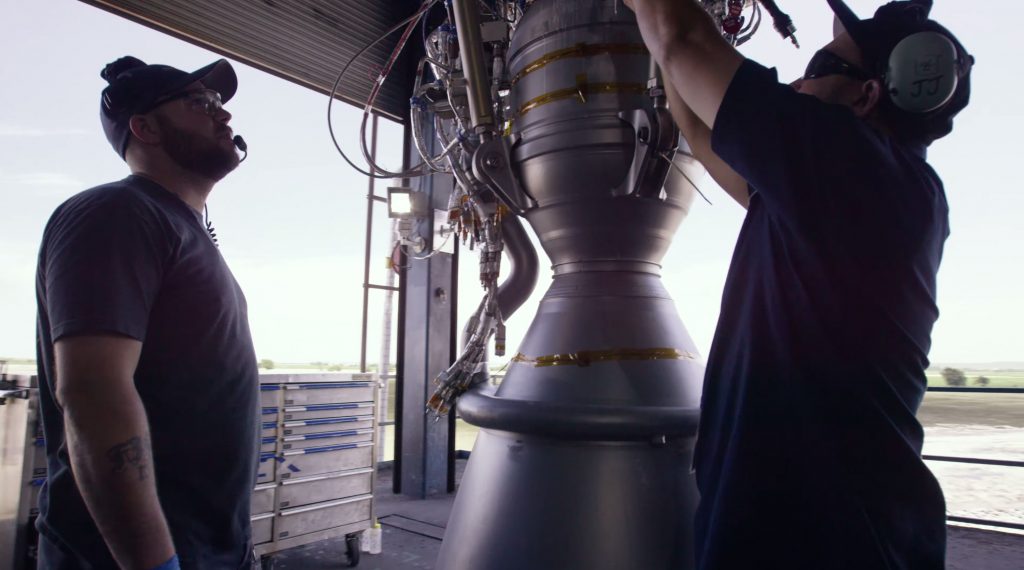
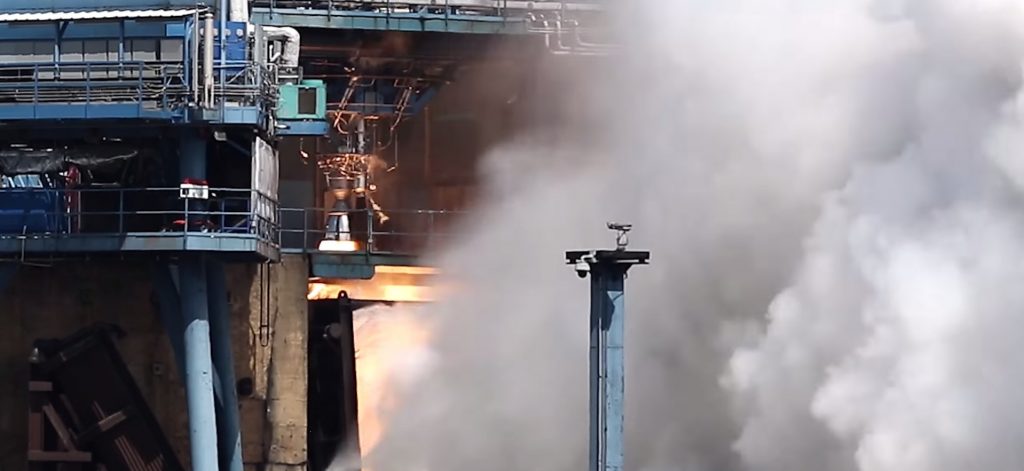
Out of an abundance of caution, SpaceX removed both misbehaving engines and shipped them to its McGregor, Texas development and test facilities where – somewhat miraculously – the same premature startup behavior was replicated on the test stand. After a great deal of increasingly granular inspections, SpaceX finally narrowed the likely cause down to a tiny plumbing line feeding one of the engine’s gas generator relief valves. In a seemingly random subset of relatively new Merlin 1D engines, SpaceX eventually discovered that a supplier-provided relief valve line was sometimes clogged by a protective lacquer Koenigsmann likened to “red nail polish.”
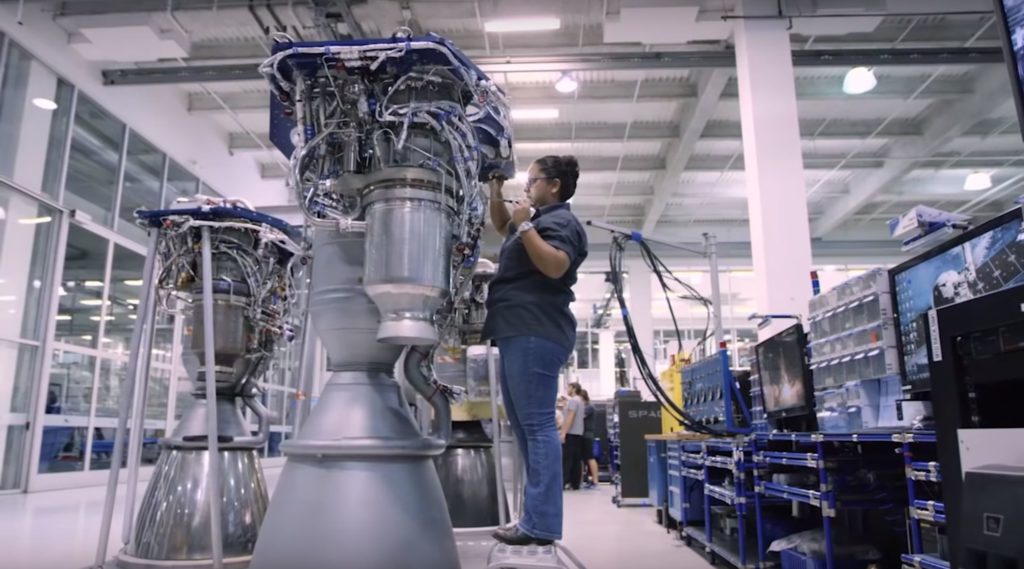
Used to selectively exclude parts of the engine tubing during a surface finishing process known as anodization, the lacquer was either unsuccessfully removed on a random selection of engine parts or was accidentally channeled into a blockage by over-enthusiastic cleaning. Ultimately, for whatever, reason that miniscule blockage was enough to cause affected Merlin 1D engines to consistently attempt to ignite a tiny fraction of a second early.
Crucially, when SpaceX discovered the possible cause and cleaned out the blocked plumbing, each previously affected Merlin 1D engine performed perfectly, all but directly confirming both the cause and the cure for Falcon 9’s October 2nd abort.

Astronauts enter quarantine
In anticipation of SpaceX seemingly simple solution to the gas generator problem, NASA Commercial Crew Program manager Steve Stich revealed that SpaceX’s Crew-1 mission astronauts – Shannon Walker, Victor Glover, and Mike Hopkins, and JAXA (Japanese) astronaut Soichi Noguchi – had begun routine prelaunch quarantine procedures in anticipation of a November 14th launch.
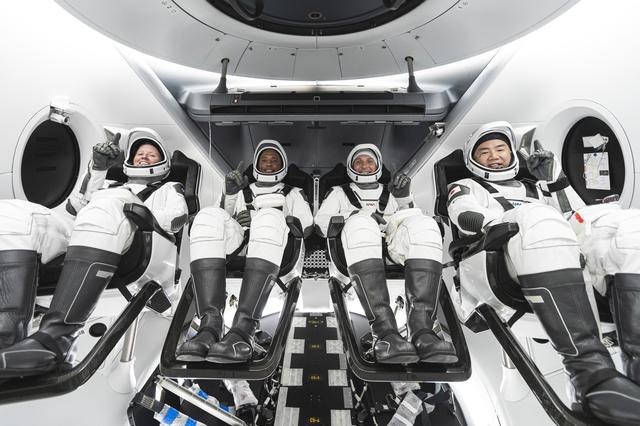
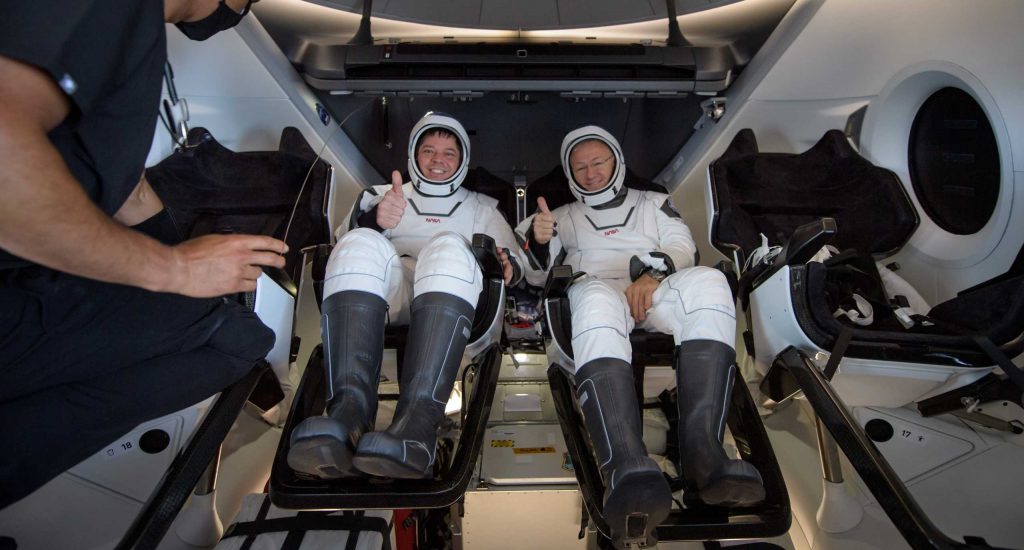
Stich also offered a more specific Crew-1 schedule, beginning with an integrated Falcon 9 and Crew Dragon static fire test NET November 9th and a full dry dress rehearsal on November 11th before the first launch attempt on November 14th. Notably, thanks to coincidental orbital dynamics, a successful launch on November 14th would enable Crew Dragon to raise its orbit and rendezvous with the International Space Station a brisk eight and a half hours after liftoff – three times quicker than the more common 27.5-hour transit.
Stay tuned for updates as the mission’s launch date approaches.

Elon Musk
Elon Musk’s X will start using a Tesla-like software update strategy
The initiative seems designed to accelerate updates to the social media platform, while maintaining maximum transparency.

Elon Musk’s social media platform X will adopt a Tesla-esque approach to software updates for its algorithm.
The initiative seems designed to accelerate updates to the social media platform, while maintaining maximum transparency.
X’s updates to its updates
As per Musk in a post on X, the social media company will be making a new algorithm to determine what organic and advertising posts are recommended to users. These updates would then be repeated every four weeks.
“We will make the new 𝕏 algorithm, including all code used to determine what organic and advertising posts are recommended to users, open source in 7 days. This will be repeated every 4 weeks, with comprehensive developer notes, to help you understand what changed,” Musk wrote in his post.
The initiative somewhat mirrors Tesla’s over-the-air update model, where vehicle software is regularly refined and pushed to users with detailed release notes. This should allow users to better understand the details of X’s every update and foster a healthy feedback loop for the social media platform.
xAI and X
X, formerly Twitter, has been acquired by Elon Musk’s artificial intelligence startup, xAI last year. Since then, xAI has seen a rapid rise in valuation. Following the company’s the company’s upsized $20 billion Series E funding round, estimates now suggest that xAI is worth tens about $230 to $235 billion. That’s several times larger than Tesla when Elon Musk received his controversial 2018 CEO Performance Award.
As per xAI, the Series E funding round attracted a diverse group of investors, including Valor Equity Partners, Stepstone Group, Fidelity Management & Research Company, Qatar Investment Authority, MGX, and Baron Capital Group, among others. Strategic partners NVIDIA and Cisco Investments also continued support for building the world’s largest GPU clusters.
News
Tesla FSD Supervised wins MotorTrend’s Best Driver Assistance Award
The decision marks a notable reversal for the publication from prior years, with judges citing major real-world improvements that pushed Tesla’s latest FSD software ahead of every competing ADAS system.

Tesla’s Full Self-Driving (Supervised) system has been named the best driver-assistance technology on the market, earning top honors at the 2026 MotorTrend Best Tech Awards.
The decision marks a notable reversal for the publication from prior years, with judges citing major real-world improvements that pushed Tesla’s latest FSD software ahead of every competing ADAS system. And it wasn’t even close.
MotorTrend reverses course
MotorTrend awarded Tesla FSD (Supervised) its 2026 Best Tech Driver Assistance title after extensive testing of the latest v14 software. The publication acknowledged that it had previously criticized earlier versions of FSD for erratic behavior and near-miss incidents, ultimately favoring rivals such as GM’s Super Cruise in earlier evaluations.
According to MotorTrend, the newest iteration of FSD resolved many of those shortcomings. Testers said v14 showed far smoother behavior in complex urban scenarios, including unprotected left turns, traffic circles, emergency vehicles, and dense city streets. While the system still requires constant driver supervision, judges concluded that no other advanced driver-assistance system currently matches its breadth of capability.
Unlike rival systems that rely on combinations of cameras, radar, lidar, and mapped highways, Tesla’s FSD operates using a camera-only approach and is capable of driving on city streets, rural roads, and freeways. MotorTrend stated that pure utility, the ability to handle nearly all road types, ultimately separated FSD from competitors like Ford BlueCruise, GM Super Cruise, and BMW’s Highway Assistant.
High cost and high capability
MotorTrend also addressed FSD’s pricing, which remains significantly higher than rival systems. Tesla currently charges $8,000 for a one-time purchase or $99 per month for a subscription, compared with far lower upfront and subscription costs from other automakers. The publication noted that the premium is justified given FSD’s unmatched scope and continuous software evolution.
Safety remained a central focus of the evaluation. While testers reported collision-free operation over thousands of miles, they noted ongoing concerns around FSD’s configurable driving modes, including options that allow aggressive driving and speeds beyond posted limits. MotorTrend emphasized that, like all Level 2 systems, FSD still depends on a fully attentive human driver at all times.
Despite those caveats, the publication concluded that Tesla’s rapid software progress fundamentally reshaped the competitive landscape. For drivers seeking the most capable hands-on driver-assistance system available today, MotorTrend concluded Tesla FSD (Supervised) now stands alone at the top.
News
Elon Musk’s Grokipedia surges to 5.6M articles, almost 79% of English Wikipedia
The explosive growth marks a major milestone for the AI-powered online encyclopedia, which was launched by Elon Musk’s xAI just months ago.

Elon Musk’s Grokipedia has grown to an impressive 5,615,201 articles as of today, closing in on 79% of the English Wikipedia’s current total of 7,119,376 articles.
The explosive growth marks a major milestone for the AI-powered online encyclopedia, which was launched by Elon Musk’s xAI just months ago. Needless to say, it would only be a matter of time before Grokipedia exceeds English Wikipedia in sheer volume.
Grokipedia’s rapid growth
xAI’s vision for Grokipedia emphasizes neutrality, while Grok’s reasoning capabilities allow for fast drafting and fact-checking. When Elon Musk announced the initiative in late September 2025, he noted that Grokipedia would be an improvement to Wikipedia because it would be designed to avoid bias.
At the time, Musk noted that Grokipedia “is a necessary step towards the xAI goal of understanding the Universe.”
Grokipedia was launched in late October, and while xAI was careful to list it only as Version 0.1 at the time, the online encyclopedia immediately earned praise. Wikipedia co-founder Larry Sanger highlighted the project’s innovative approach, noting how it leverages AI to fill knowledge gaps and enable rapid updates. Netizens also observed how Grokipedia tends to present articles in a more objective manner compared to Wikipedia, which is edited by humans.
Elon Musk’s ambitious plans
With 5,615,201 total articles, Grokipedia has now grown to almost 79% of English Wikipedia’s article base. This is incredibly quick, though Grokipedia remains text-only for now. xAI, for its part, has now updated the online encyclopedia’s iteration to v0.2.
Elon Musk has shared bold ideas for Grokipedia, including sending a record of the entire knowledge base to space as part of xAI’s mission to preserve and expand human understanding. At some point, Musk stated that Grokipedia will be renamed to Encyclopedia Galactica, and it will be sent to the cosmos.
“When Grokipedia is good enough (long way to go), we will change the name to Encyclopedia Galactica. It will be an open source distillation of all knowledge, including audio, images and video. Join xAI to help build the sci-fi version of the Library of Alexandria!” Musk wrote, adding in a later post that “Copies will be etched in stone and sent to the Moon, Mars and beyond. This time, it will not be lost.”








